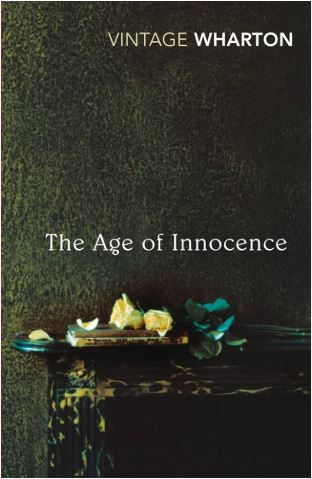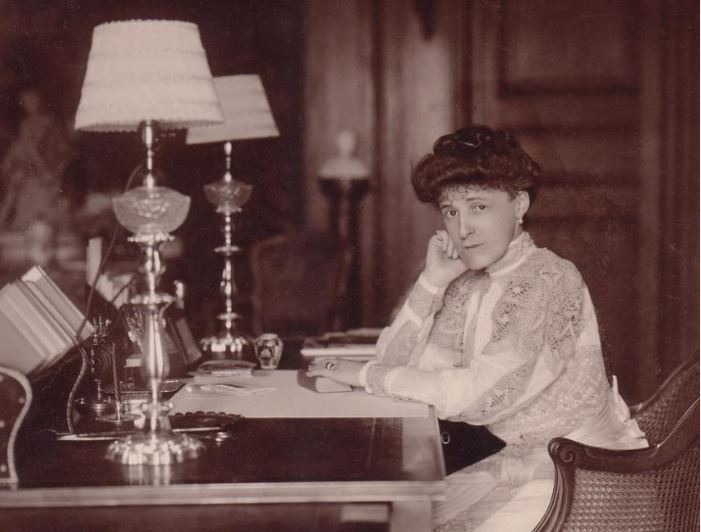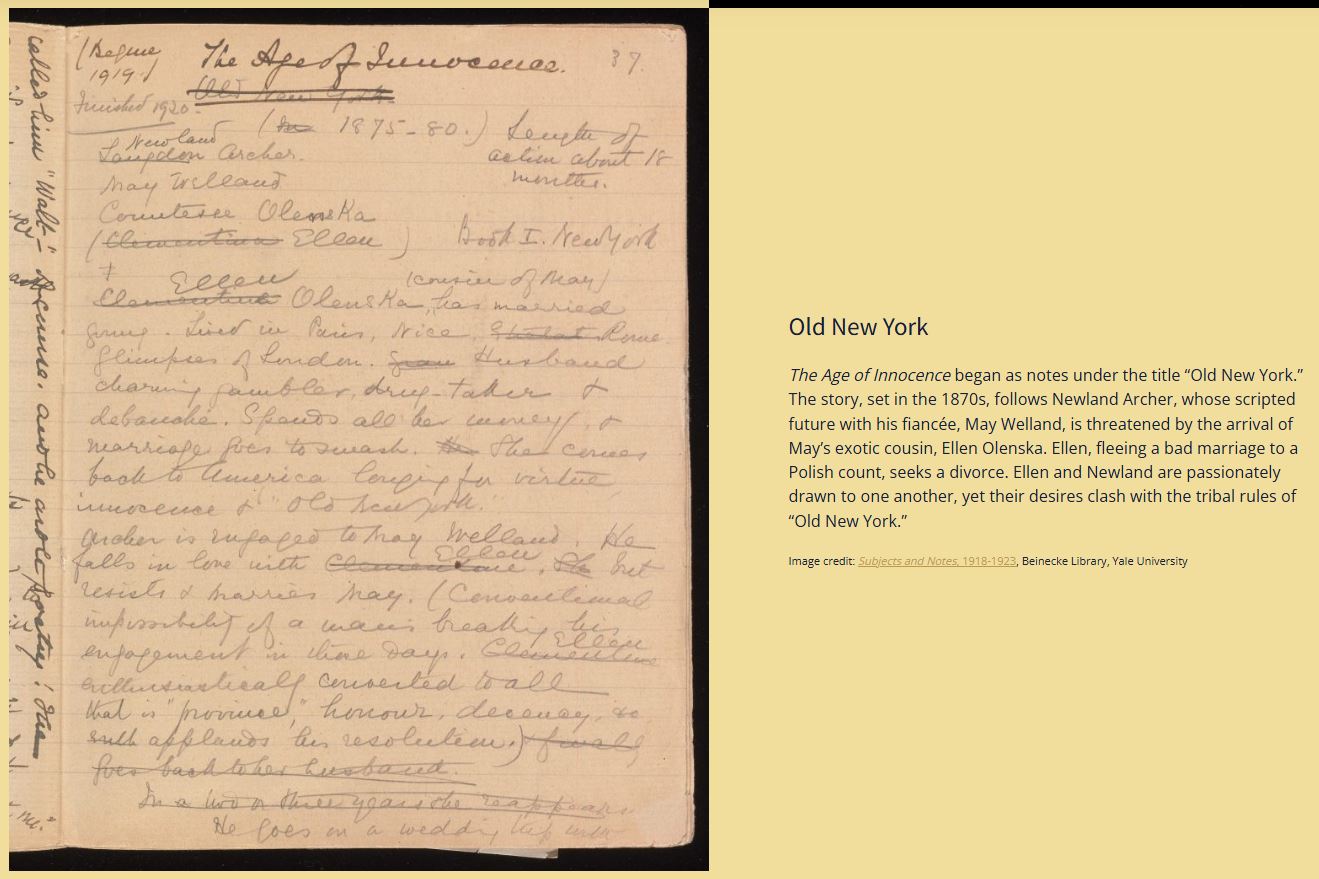VCAA description of The Age of Innocence
Edith Wharton’s 1920 novel is a Pulitzer Prize-winning exploration of gender, sex, society and propriety. Wharton explores the vacuous society of the Gilded Age of the 1870s through a meticulous portrayal of the lavish lives of New York’s pseudo-aristocracy.
Narrated exclusively through the eyes of Newland Archer, The Age of Innocence follows the period of his engagement and eventual marriage to the beautiful, and highly eligible, May Welland. However, the arrival of May’s eccentric cousin, Countess Ellen Olenska, causes tension as Archer finds himself falling in love with her. In the ensuing drama, Archer and Countess Olenska find they cannot repress their love, while May strives to hold her position of adoring wife to her husband’s success. Wharton uses the self-centred Archer as a way of exploring both the oppression of women and the way in which society diminishes and stunts his own life. Archer slowly comes to understand that he is trapped in the vapid society of New York, and this realisation contrasts his frustration at May’s willing participation in the mores of such a constricting society. The novel presents a struggle to reconcile the old with the new in a time of contrast, where divorce was available to women but still socially unacceptable.











